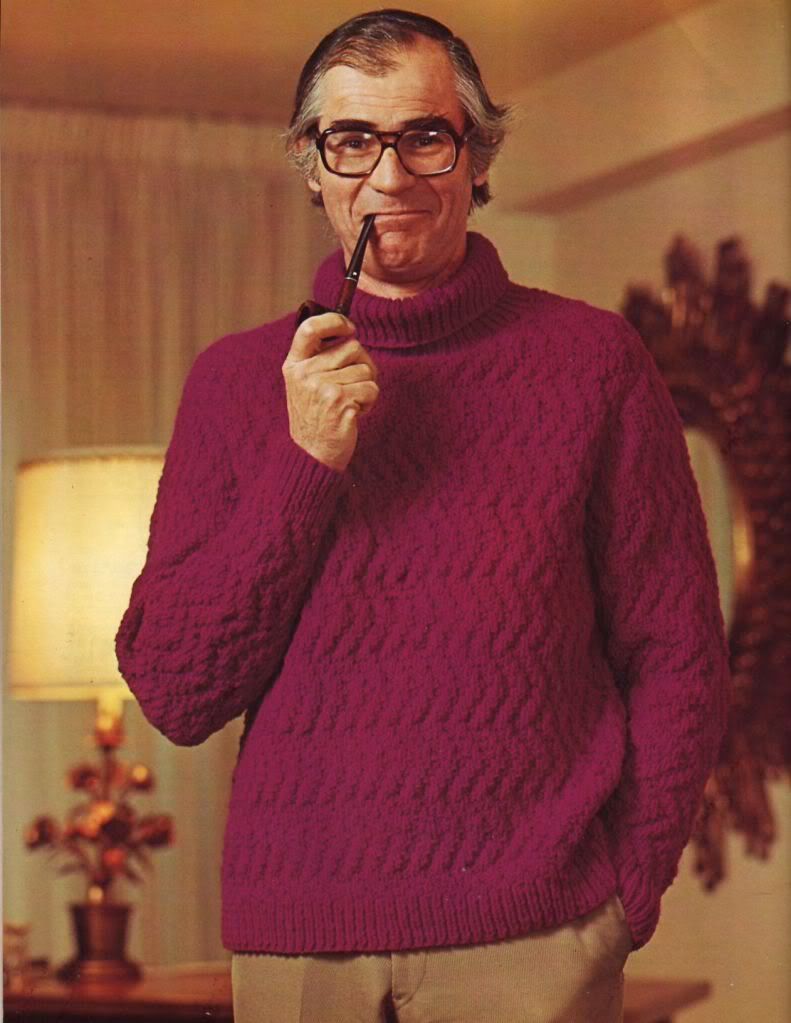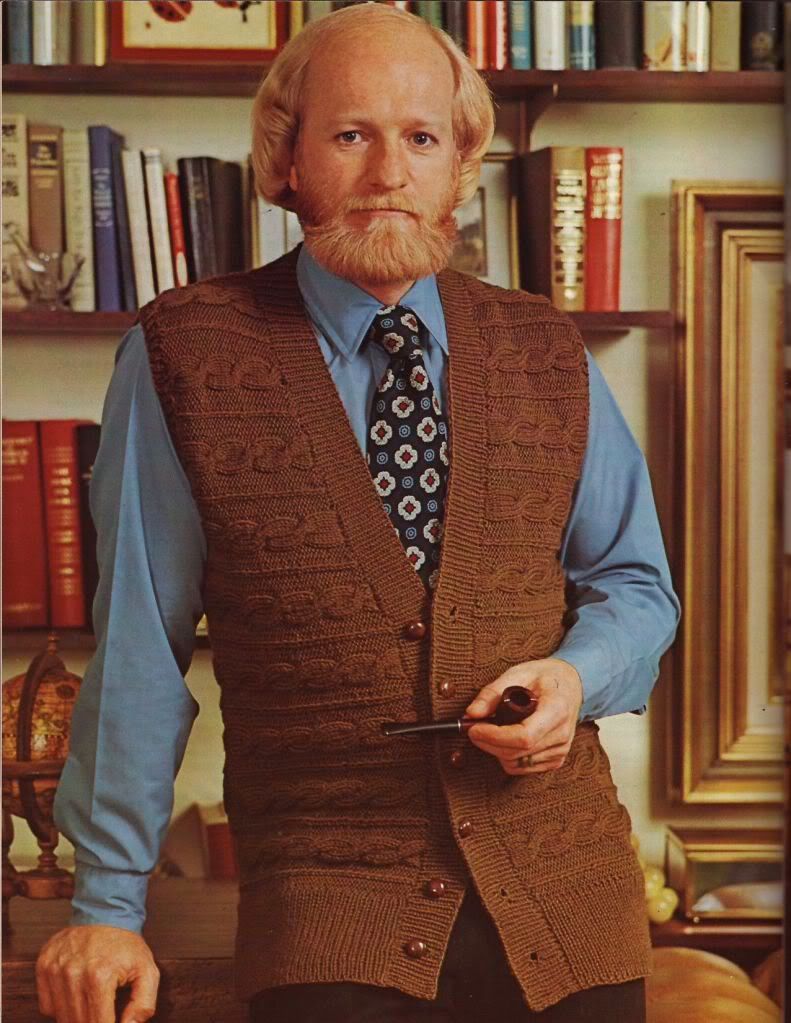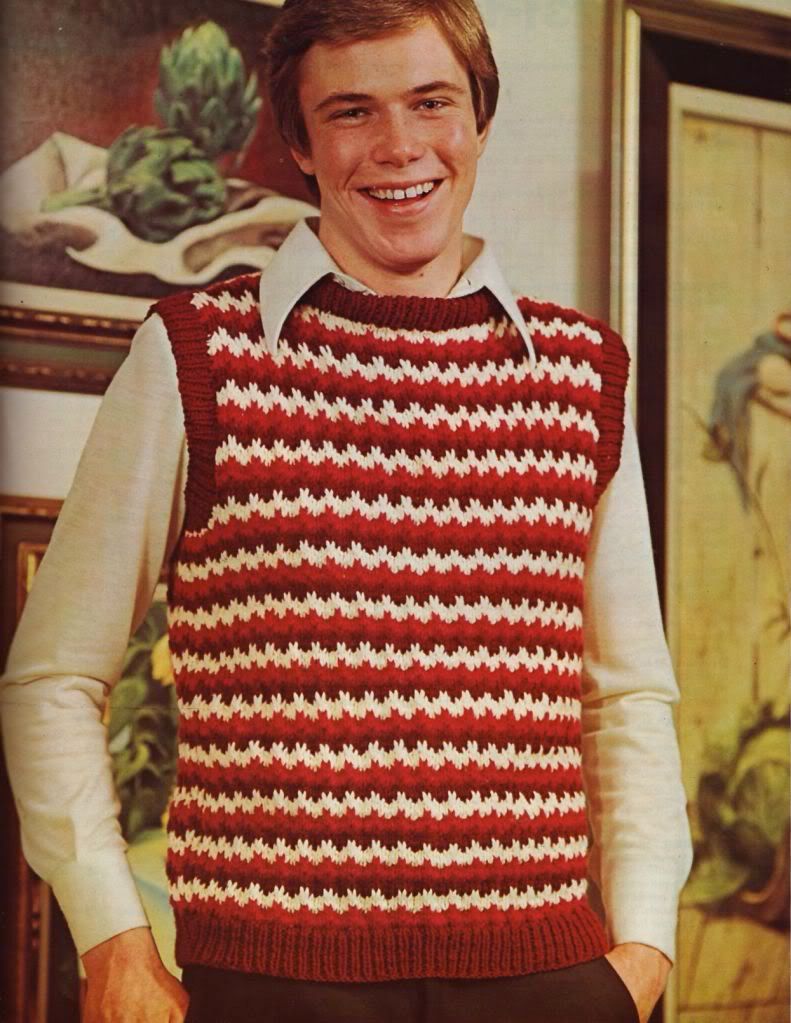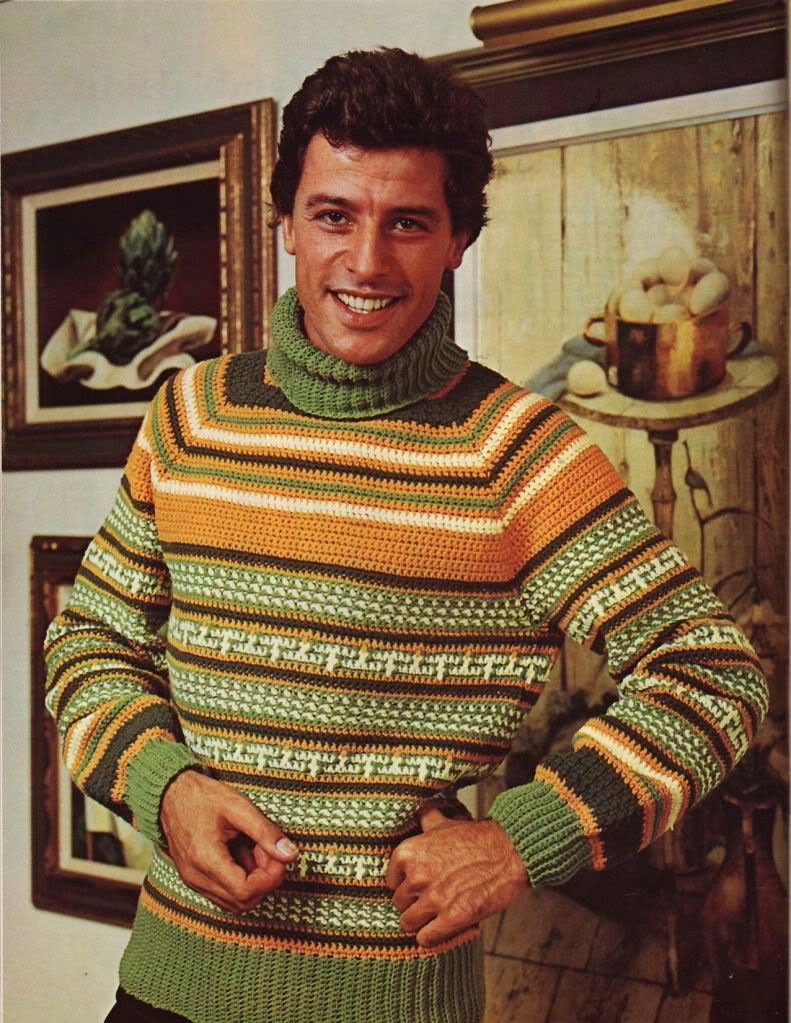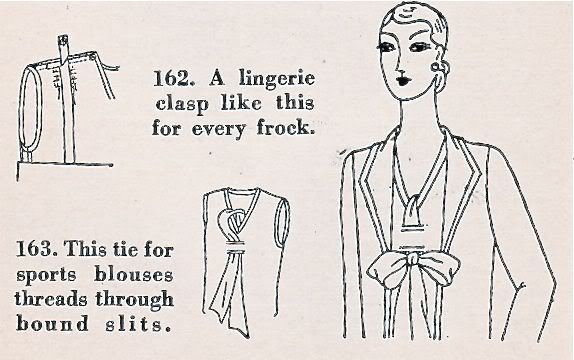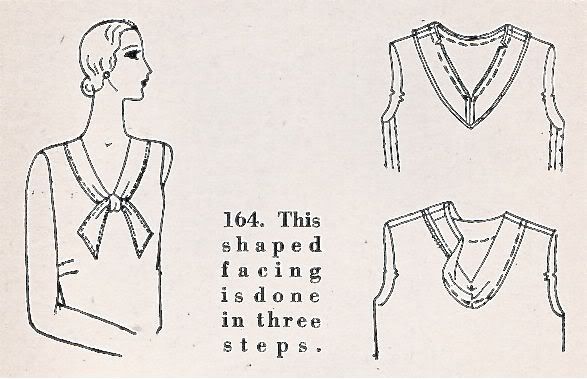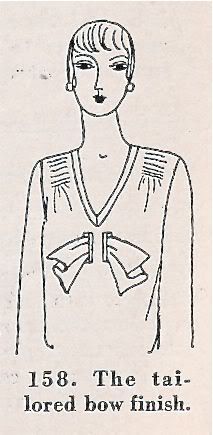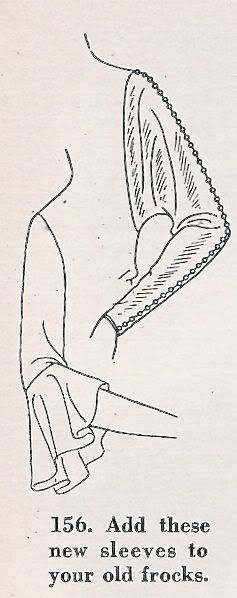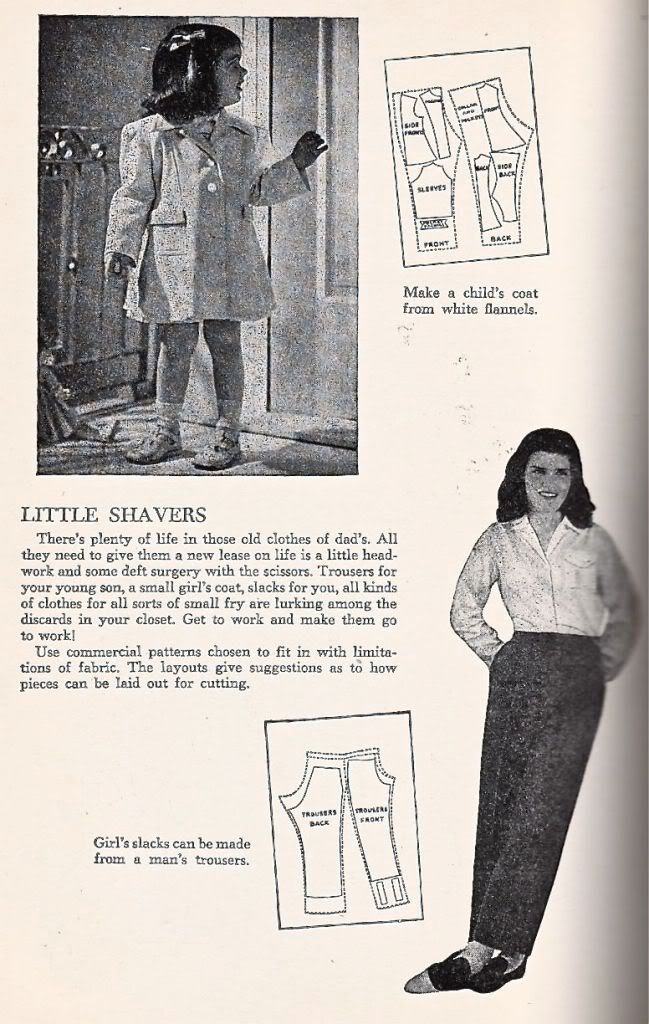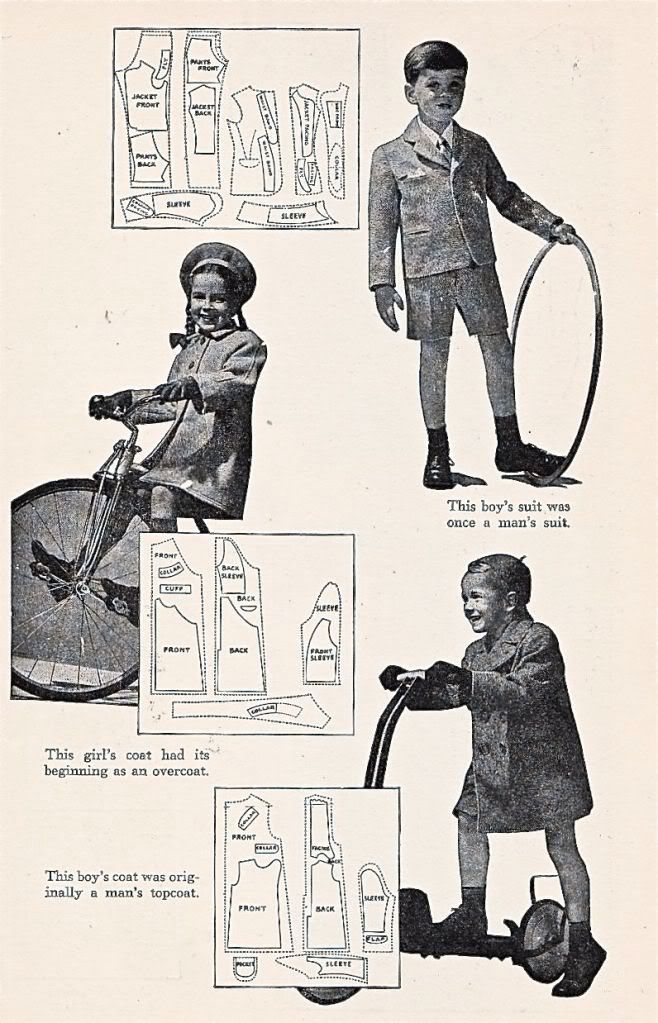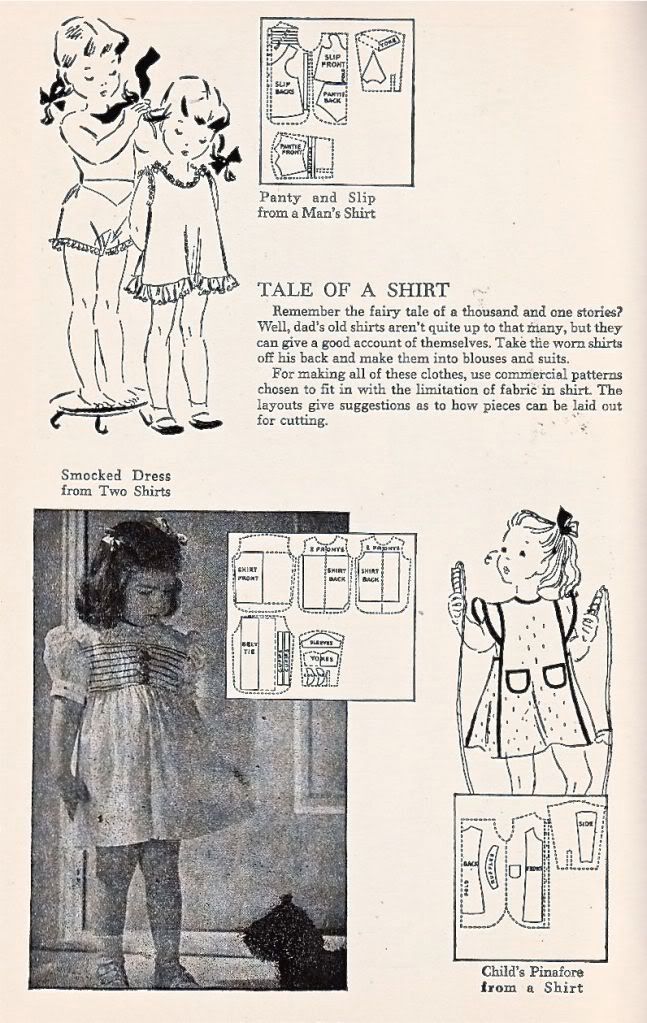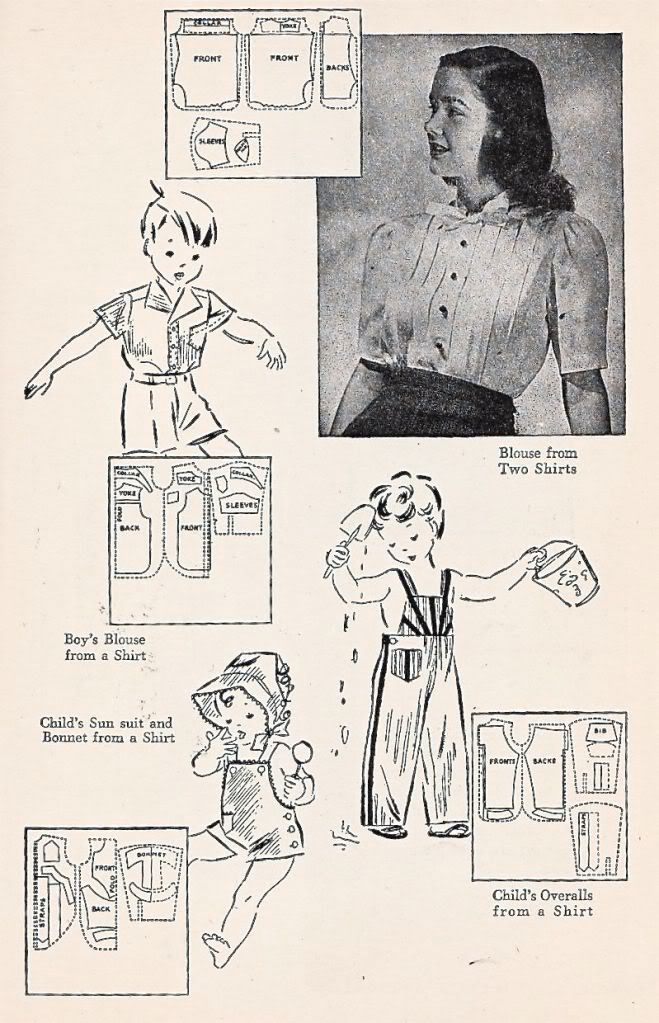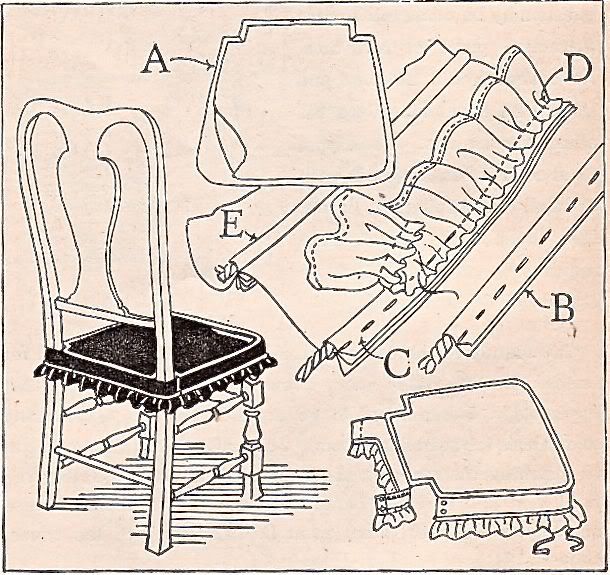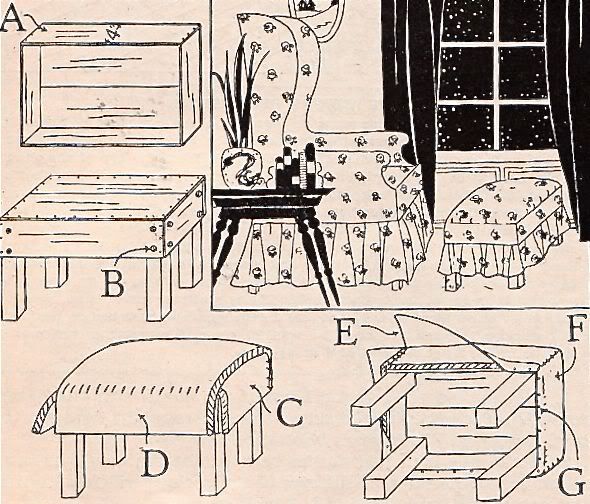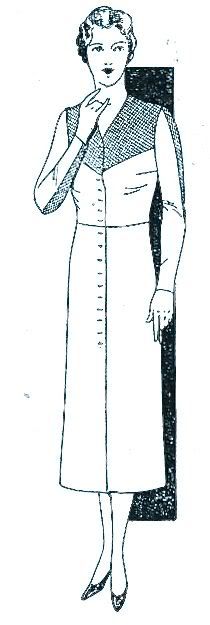
This is a list from "Kenmore - Complete Simplified Sewing and Designing" by Ellen Smith, Published by SYE Foundation Pattern Co. in 1936-1937. It is mostly an instruction book for general sewing, but this includes advice on what you should and shouldn't be wearing. So look for the group you belong to and watch out for the dreaded "overdressing" or "carelessness in appearance"!
AppearancePeople in general, both men and women, "judge by appearance". This judgment may not be just, but, nevertheless, the decision has been made and may have a great bearing upon future opportunities. Dress is not the only basis of judgment, Small details may be the key-note of the decision. Some people judge others by the shoes that they wear; others by the manner in which the hair is dressed; others by the condition of the finger nails and still others judge women by the straightness of the seams in their stockings. A beautiful dress will never counteract the effect of carelessness in the attention to detail. Habit reflects itself in the appearance of the individual's dress. Women should realize that success and happiness may be effected by the clothes they wear.
The ChildClothes have a decided influence on the life of a child, the school girl, the debutante, the housewife, the business woman and the society matron. The child, poorly clad, shrinks from being observed. The same child dressed in a pretty dress or a new pair of shoes is transferred into a saucy, strutting little creature. The school girl not trained in personal appearance may lose her opportunities of leadership through lack of self-confidence, possibly due to unattractive dress.
DebutanteThe debutante is usually "judged by her appearance" by any possible admirers. Personality and charm seldom have an opportunity to play a part in the first opinion formed, which is often lasting.
Business The business woman may secure a position or lose it, by being "judged by appearance". Her appearance each day at work also has a great bearing on the continued good impression made upon her employer. Unbecoming or inappropriate dress detracts from the business at hand, and the business woman who is doing good work may find herself vacating her chair for no apparent reason.
Social LeaderThe woman who is a social leader is always well dressed. Her clothes are the ideal for her followers. The "social climber" may find, upon careful analysis, that one reason for failure to attain popularity may be over-dressing. Simplicity should predominate. Neglect in the personal appearance of the housewife is a tragedy often ending in a broken home and a broken heart.
Married WomanThe problem of dress for the woman today is not ended when she marries. The problem continues. Can she continue to hold her husband's admiration against the attractiveness of younger women with whom he is in constant business association? Will his wife be attractive to him upon his return from his daily work? Carelessness in appearance may lead to disgust and when attraction is once lost, it is seldom regained.
Dress for the OccasionThe subject of dress should engage the attention of every woman of the present day. The necessity for becoming clothes is as important for the housewife as the business woman or the society matron. The further from the "model" the figure becomes, the more attention should be paid to becoming dress. A little extra spent of husband's money for a fresh morning dress may do much to retain his admiration. Discarded finery for morning wear is never appropriate and may lead to disinterest in the wife. The degree of "dressing" for afternoon and evening at home is for individual decision, but the husband should always be greeted with at least a change of dress and let that dress be attractive.
At the OfficeDark dresses should always be worn at the office. Bright colors detract from the business at hand but a bright touch of color is always appropriate and often necessary; possibly a strand of colored beads is sufficient. One modest dark dress for business, cleaned often, is far more appropriate than many dresses of bright colored silks, chiffon and velvets worn to work for a "change." Girls often think that a different dress must be worn each day to school or work, with no thought as to the appropriateness of the garment for the occasion and will wear discarded finery of bright colors to the office which is often garish.
